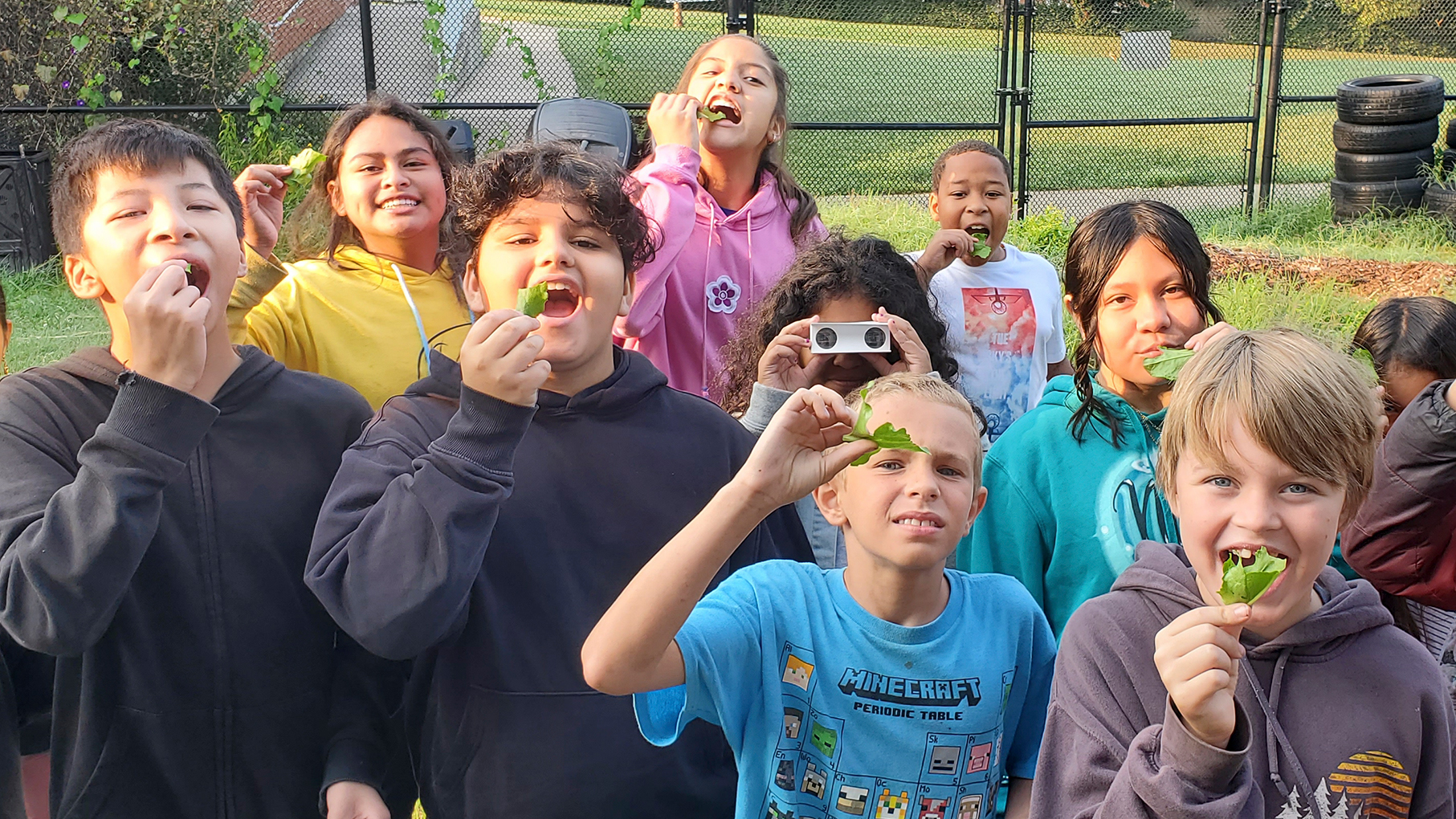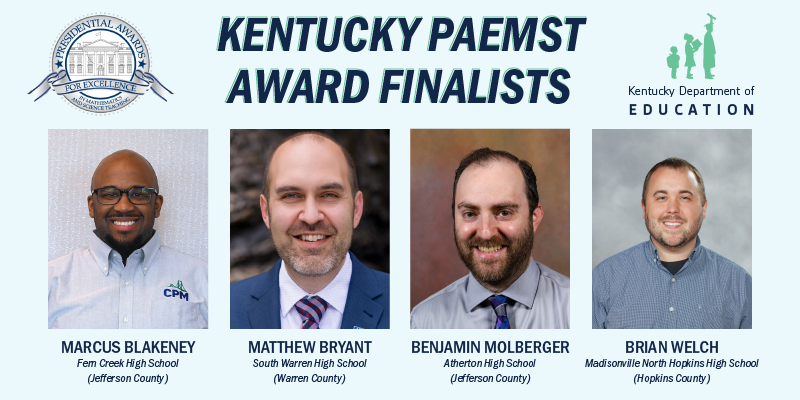“Sight is a faculty, seeing is an art.”
– George Perkins Marsh, America’s first environmentalist
By Wren Smith
wren@bernheim.org
Wonderment! Curiosity! Inquisitiveness! How do we foster these behaviors in students? How is it that teachers can help students make sense of the world around them if they don’t notice the gifts provided by nature in their own backyards and neighborhoods?
Setting up an “Unnatural Nature Trail” can provide you with an effective and fun way to help students from 1st grade on up, become more observant and attuned to the world around them. Popularized by environmental educator and writer Joseph Cornell 20 years ago in a collection of natural awareness activities called “Sharing Nature with Children,” this learning experience is easy to facilitate, portable and highly adaptable.
As a nature interpreter, I have used this activity with youth groups during summer camps, but also with families with children as young as 6, out for a fun day at Bernheim Arboretum. The activity seems especially rewarding when linked with a common thematic statement like the one I developed below, which is easy to remember and easy to put into practice. Check it out!
Theme Statement: Learning to be more observant is as easy as learning your ABCs.
Setting up the activity:
Set out 25 or 30 miscellaneous items, (some bright and flashy, others earth-toned and camouflaged) along a short stretch of trail.
Before engaging with your group of students, carefully place your objects along a short stretch of a nearby trail. Place some objects in obvious places, especially those placed near the beginning of the trail. Place others in more obscure places, such as up high on a tree branch, on the reverse side of trees (opposite the direction that they will be walking in), in the crotch of two branches, you get the idea. Make sure to hide objects so participants do not need to leave the trail in order to find them.
If you are using a public area for your trail, you may wish to place a couple of signs that read, “Program in progress, please do not removal objects from this trail.”
Activity: Explain to your group that you have set up a trail that will help them learn the ABCs of observation. Share that you have placed several objects along this trail that don’t belong and that all of these objects can be found without leaving the trail. Instruct participants to walk slowly and very quietly. As they do, they should count (to themselves) the number of objects they see that don’t belong.
Stress the importance of being quiet for this activity and remember to ask participants not to point out objects to others in the group. Let your students know that you will be setting the pace, leading the way.
After all of the students have passed the place where the last object could be viewed, ask for a show of hands as to how many saw at least five objects that didn’t belong, then 10, then 15. Students will be surprised to learn that there were 25 or 30 unnatural objects along this trail (although I don’t reveal the number until after the second walk through the trail).
To help students improve upon the number of items they observe on the way back down the trail, introduce the following techniques:
- Adjust your focus. Allow it to change by focusing on things in the background, middle ground and then in the foreground. Doing so, things previously hidden may appear to jump into view
- Behind you, be sure to look! Sometimes the backsides of a view presents a new perspective. Often animals go to the back side of tree or rock when danger appears. Be sure to look behind you.
- Change your perspective by scanning between high and low. Remember if you continue to just look down, you’ll only see things on the ground. If you only look up high, you’ll see just what’s near the sky.
After introducing these techniques, lead the group back along the same trail, again asking them to be as quiet as possible and to once again refrain from pointing out unnatural objects to others. The idea is to test for improved observation skills. Participants nearly always see many new objects that they didn’t see the first time.
At the end of the second round, give your students the opportunity to walk back through the trail together and point out objects that don’t belong. Students are often shocked at what they missed. Becoming more observant is as easy as learning your ABCs, but it does take practice.
Extensions: Explore the natural world of camouflage, warning coloration, etc. by discussing the relationship between things easily found and those that were more difficult. Transition the program to things one can find along the trail that are natural and belong there.
Continue the ABCs, by adding a D and encourage participants to:
- Develop searching images. Searching images help us find the familiar among the unfamiliar and help with pattern recognition.
For example, if you develop a searching image for the blocky bark of the persimmon tree, then persimmon trees tend leap out from the rest of the forest. Searching images can help the make our world more vivid, visible and meaningful.
Now add an E for Ears:
- Ears also can serve as eyes. Explain how sound can help us be more observant. Learning to identify birds, frogs and insects by sound really adds texture to our hikes.
Try setting up an Unnatural Nature Trail and lead your students in the ABCs of Observation.
Regardless of your age, learning to be more observant is as easy as learning our ABCs. This observational alphabet becomes a language of the landscape; one that may increase wonder, curiosity and the desire to stay engaged in lifelong learning.



Leave A Comment